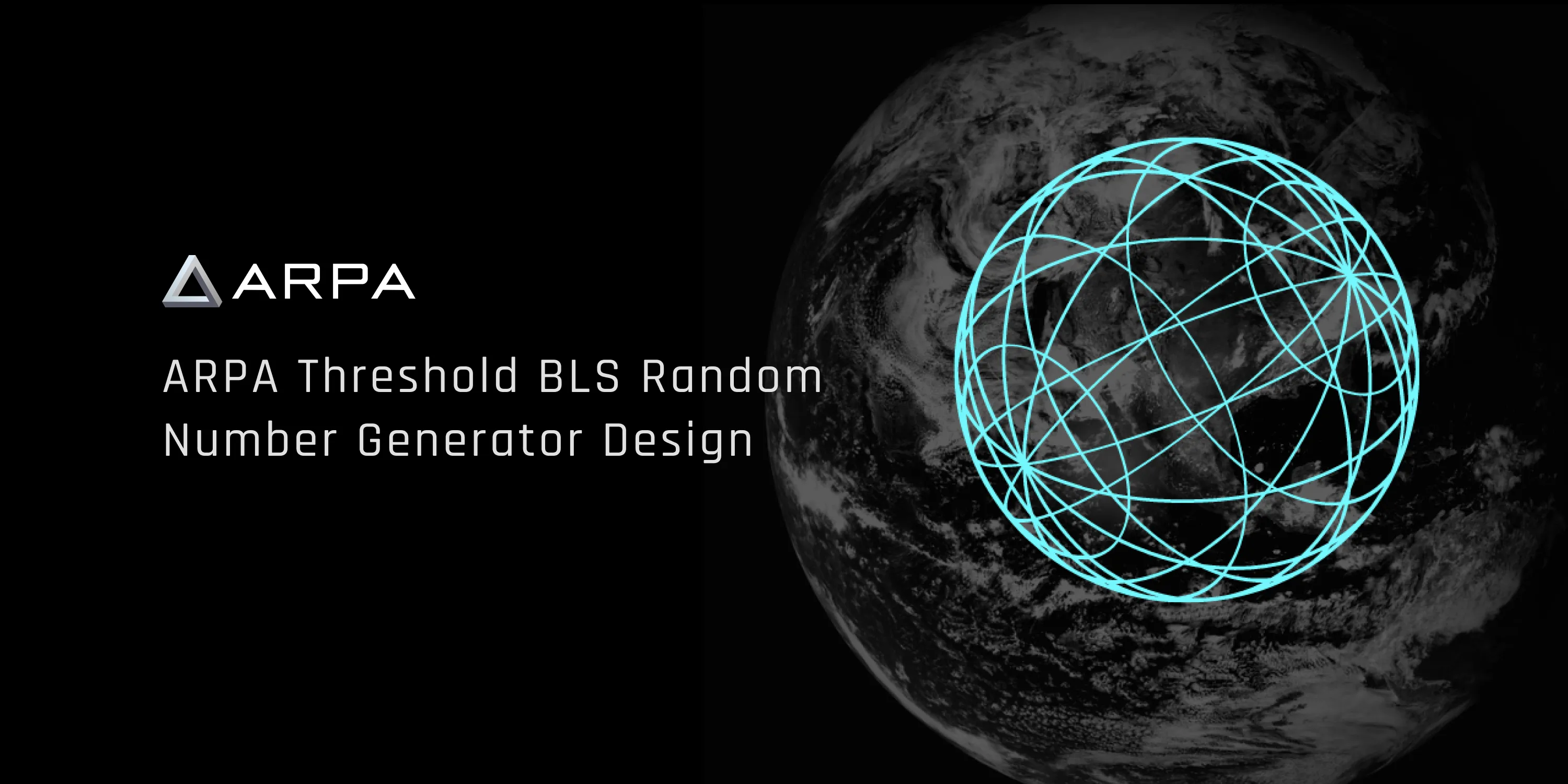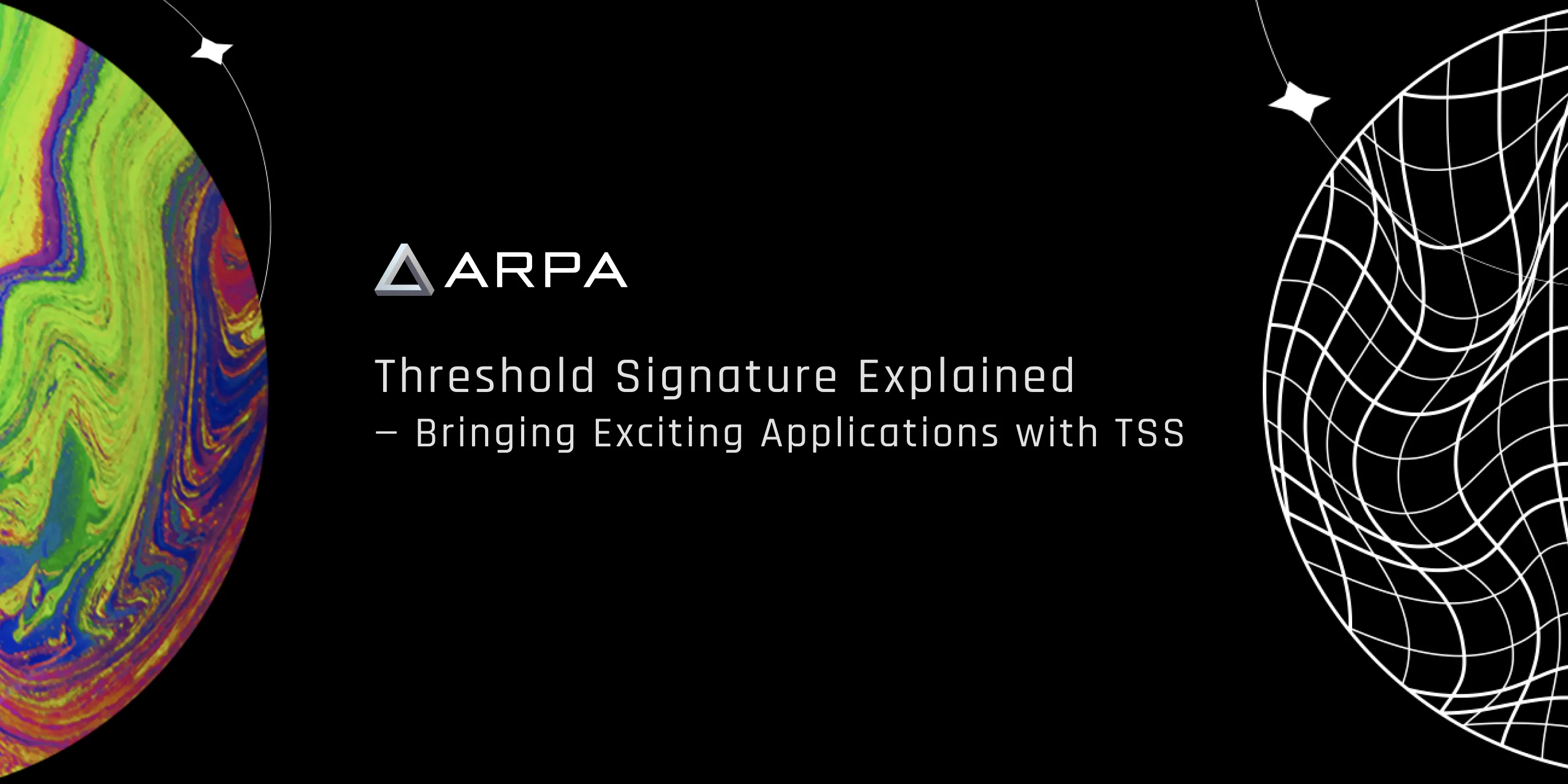
BLOG
Verifiable Computation and Applied Cryptography for the AI-Blockchain Era
- Demonstrating the Accuracy of an AI Model through Zero-Knowledge Proof is Even Faster Than Direct ComputationThis article explores how zero-knowledge proofs (ZKPs) can validate AI model accuracy faster than direct computation. It explains the gap between verifying and recomputing algorithms, using Freivalds’ algorithm and zkCNN as examples. By applying cryptographic validation methods such as the sumcheck ...

- ZK-SNARK Verifiable Machine LearningExplores how ZK-SNARKs (Zero-Knowledge Succinct Non-Interactive Arguments of Knowledge) enable privacy-preserving and verifiable computation, particularly in machine learning. It explains key principles like zero-knowledge and succinctness, outlines the components of ZK-SNARK construction—arithmetiz...

- ARPA Threshold BLS Random Number Generator DesignThe random number has been used for everything from cryptography to lotteries and games. Blockchains also have a close relationship with randomness because they seek fairness from it. The widely deployed Proof-of-Work consensus protocol is built on a cryptographical quest that searches for specific ...

- Threshold Signature Explained — Bringing Exciting Applications with TSSThreshold signature is a distributed multi-party signature protocol that includes distributed key generation, signature, and verification algorithms.In recent years, with the rapid development of blockchain technology, signature algorithms have gained widespread attention in both academic research a...
